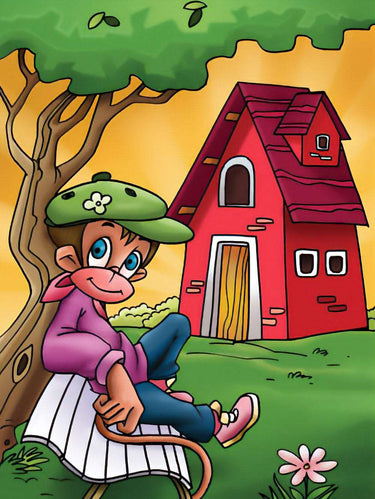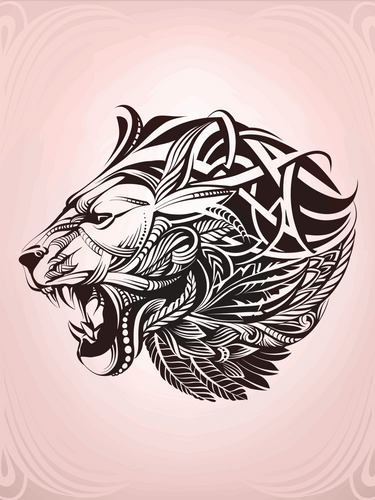Technical illustration, typically used in engineering and scientific documentation, has discovered a fascinating new dimension in the worlds of video games and animation. Technical illustration is a crucial tool for building and improving virtual worlds in this immersive digital environment. Let's see how technical illustration might transform this fascinating field while also being beneficial.
Animation and video games have progressed from having basic, distorted images to having engaging, realistic experiences. Technical illustration is an essential aspect that frequently goes unnoticed in the background of these digital marvels. The development of virtual worlds and characters relies heavily on this specialised kind of visual communication, which also improves realism, efficiency, and the overall gaming or animation experience. The use of technical illustration in video games and animation, as well as its many applications and the technology behind it, will all be discussed in this article.
Technical illustration in video games and animation plays a variety of roles in the development, production, and dissemination of digital content, including:
1. Visual Development and Conceptual Design:
Technical illustrators are essential in the early stages of the creation of games and animation. They design the visual aesthetic, characters, settings, and in-game objects through concept art and illustrations. These images act as the project's framework, directing creators to develop a unified and captivating visual language.
2. Scene Planning and Storyboarding:
The storyboarding stage of animation and game design is essential. Technical illustrators engage their expertise to create thorough storyboards that specify the order of scenes, camera angles, and character actions. Directors and animators may use this visual roadmap to see how the story will unfold and precisely arrange each shot.
3. Character Design:
Characters serve as the foundation for narrative in both video games and animation. Technical artists are exceptional at designing characters that prioritise both practicality and attractiveness. They make sure that characters are not just aesthetically pleasing but also probable within the universe they inhabit by taking into account elements like physique, dress, and equipment.
4. Environmental Design:
Technical illustrators help to environmental design by creating everything from complex cityscapes to imaginative landscapes. They develop in-depth representations of the environments, buildings, and terrain, making sure that each aspect contributes to the overall narrative and heightens the player's or viewer's sense of immersion.
5. Design of Props and Items:
The virtual world's props and objects are created and illustrated by technical illustrators. This applies to tools, vehicles, weapons, and even common objects. The amount of detail in these graphics guarantees that things are not only useful within the game or animation but also visually appealing.
6. User Interface (UI) and HUD Design:
In order for players to engage with the virtual world, the user interface is a crucial component of video games. Technical illustrators produce UI components including menus, icons, and heads-up displays (HUDs) that are simple to use and attractive to the eye. These components make the game more enjoyable for the player and offer crucial data.
7. Software and technology:
Modern software and technology are used by technical illustrators in this industry. They utilise 3D modelling and animation programmes like Blender, Maya, and Cinema 4D as well as graphic design tools like Adobe Photoshop and Illustrator. With the use of these tools, they are able to produce detailed, lifelike images that fit in with the surrounding digital landscape.
8. Augmented reality (AR) and virtual reality (VR):
The emergence of VR and AR has given technical illustrators access to new markets. They are able to create incredibly immersive 3D objects and environments that users can interact with in real time.
9. Rigging and animation:
Technical illustrators that are skilled in rigging and animation can bring things and people to life through motion and interaction. This involves setting up motion directions, developing skeletal structures, and ensuring smooth animations.
10. Authenticity and Reality:
Animation and video game technical illustration aim for authenticity and reality. Technical illustrators combine artistry and accuracy to create realistic-looking virtual objects, whether they are modelling the machines of a steampunk world or the bodily structure of a fantasy creature.
Finally, technical illustration has developed from its traditional beginnings to become an active force in the production of animation and video games. In these digital spaces, it enhances storytelling, visual development, and overall user experience. Technical illustrators will become more and more important as technology develops, helping to create the captivating virtual worlds that push boundaries of creativity and imagination for viewers all over the world.






